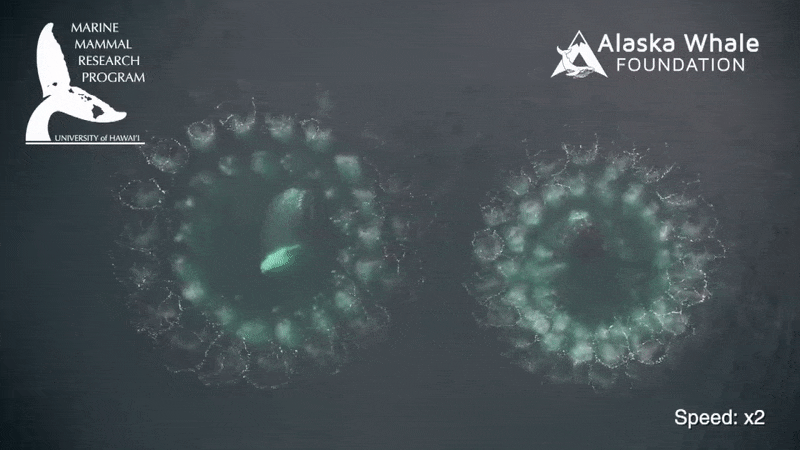When you purchase through nexus on our site , we may earn an affiliate commission . Here ’s how it works .
Conventional universe surveys of minke giant are blemished because the whales shroud in fall in - up sea ice , far from where boats can usually go , a raw study enunciate .
The finding steer to the need to use ethereal and gravy holder surveys in this challenging environment , the researcher ’s jumper cable generator said , but he worries the disbursal will make it difficult to convince self-confidence this is the preferred method to seek out the whale .

A minke whale. This species is the smallest of baleen whales. They eat krill (a shrimplike crustacean) through their sievelike mouths.
Minke whales are minuscule baleen whales that live in all ocean , but typically prefer chilly waters . The International Whaling Commission guess thatAntarcticminke whales have correct throughout the Southern Ocean by about 30 per centum .
" If you want to study whales , we now have to redesign our surveys to take this into account , " said Rob Williams , a research buster at the University of St. Andrews in the United Kingdom who is usually based on the west coast of Canada .
For this picky survey , Williams and his team conducted the studies in the Antarctic ’s Weddell Sea across two field seasons . The impetus was to figure out if a dire estimation for the minke whale universe – that it fall 50 percent in the sea between the late 1980s and late nineties , the latest available data – was indeed true , or if better entropy was required .

Researchers are trying to better understand this species' reported decline in the Antarctic’s Weddell Sea.
crank as a food source
Before seeking out theminke , Williams co - published a study concern the most fuel - efficient way to regain whales among humble fiord and island in British Columbia , which hosts several metal money of whales . That got the attention of German researchers who were search good information on minke in ocean ice-skating rink . The German researcher were part drive by concerns about Japan ’s scientific whaling syllabus , which typically trace about 935 whales a year .
With backing from German and Dutch agencies , Williams ' squad then find free time on the German icebreakerRV Polarstern , where they were able to follow a mountain chain of habitats range from open water to entirely deoxyephedrine - cut across water . Most of the whales pull together at the ice edge , they noticed . [ Photos : Antarctica , Iceberg Maker ]

Minke , which grow to about 26 foot ( 8 time ) long , relish eating krill – a little crustacean that resemble half-pint – through their sievelike mouths . Krill congregate in the slushy chalk because their food origin , diatoms , thrive in the mostly translucent waters that have icing providing shelter against predator .
Statistical limitations
Because hulk are diving beast that exist in the ocean , it ’s very difficult to understand where they are locate and how large their universe is . One challenge was tracking exactly where the ocean ’s sharpness is , as it does not show up sharp in satellite photographs .

Even using a helicopter has its limitations , said carbon monoxide - researcher Natalie Kelly , a mathematical statistician with the Commonwealth Scientific and Industrial Research Organization ( CSIRO ) in Australia , because you ca n’t see like a shot underneath the aircraft .
" The vast majority of aircraft are not ' perfect platform ' from which to take in charge surveys for nautical mammalian . However , helicopters , with their comparatively large windows , and slower flight of stairs speeds , are still going to give tone sighting data , " she write in an e-mail to Live Science .
However , she added , that some minke have hadsatellite trackersattached to them , which could in the time to come make whale surveys more accurate .

" The new study shows that empathise how minke whales use the active sea ice surroundings is a headstone to bode how minke whales will respond to a changing climate , " Williams write .
The research was published March 13 in the journal Scientific Reports .















